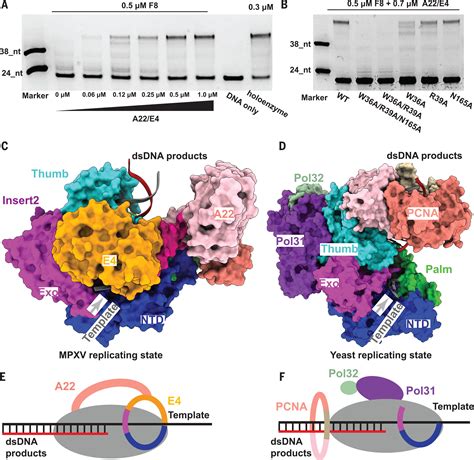The Nipah virus, a deadly pathogen harbored by fruit bats, has been a persistent threat to global health. With no vaccines available and limited treatment options, scientists have been racing against time to unravel the mysteries of this lethal virus.
“The World Health Organization has declared Nipah virus a priority pathogen.”
This designation underscores the urgency in understanding and developing strategies to combat the potential devastation caused by outbreaks of this highly contagious virus. The ability of Nipah virus to spread through various means, including direct human-to-human transmission, poses a significant challenge for containment efforts.
“Some infected people with milder symptoms may still transmit the virus.”
Researchers have long sought to decipher the inner workings of the Nipah virus to identify vulnerabilities that could be targeted with antiviral treatments. In a groundbreaking study published in Cell, scientists delved into the intricate structure of a critical component of the virus known as the viral polymerase complex.
Through advanced imaging techniques and meticulous experimentation, researchers gained unprecedented insights into how the viral polymerase functions and replicates within host cells. This newfound knowledge serves as a cornerstone for developing innovative therapies that can disrupt the replication process of the Nipah virus.
“Identifying how the polymerase is regulated would be game-changing.”
Dr. Rachel Fearns, an esteemed virologist at Boston University, emphasized the significance of understanding how the polymerase controls essential enzymatic activities for viral replication. Unraveling these mechanisms could pave the way for novel treatment approaches that target specific aspects of viral multiplication.
“This new understanding can help us identify functional properties as drug targets.”
Dr. Jonathan Abraham from Harvard Medical School highlighted how insights into the functional properties of the viral polymerase structure could lead to identifying key targets for antiviral drugs. By pinpointing critical vulnerabilities in the replication machinery of Nipah virus, researchers aim to develop precision treatments that can halt its spread.
The study’s findings not only shed light on Nipah virus biology but also offer valuable comparisons with other viral polymerases. By elucidating both unique characteristics and shared features across different viruses, researchers are laying groundwork for broad-spectrum antivirals that could combat multiple deadly pathogens.
“Our study provides critical insights for developing broad-spectrum antivirals.”
One promising avenue lies in exploring small-molecule inhibitors that specifically target components of the viral polymerase complex. These inhibitors have shown potential in disrupting viral replication processes and rendering viruses susceptible to therapeutic interventions.
As research progresses, collaborations among scientific teams become increasingly vital in accelerating breakthroughs against infectious diseases like Nipah virus. The open sharing of data and collaborative efforts exemplify a collective commitment to advancing knowledge and fostering innovation in combating emerging health threats.
In conclusion, by unraveling the intricate details of how viruses like Nipah operate at a molecular level, scientists are paving new paths towards effective interventions and treatments. The quest to decode these microbial adversaries is fueled by dedication and collaboration with one ultimate goal: safeguarding global health against deadly outbreaks.









Leave feedback about this